Capacity
Capacity is the measure of how much a container can hold. It is typically measured in units such as liters, milliliters, gallons, quarts, pints, or cups.
Units of Capacity
- Liter (L) - A metric unit of capacity. 1 liter is equal to 1000 milliliters.
- Milliliter (mL) - A metric unit of capacity. 1 milliliter is equal to 0.001 liter.
- Gallon (gal) - A customary unit of capacity used in the United States. 1 gallon is equal to 4 quarts or 8 pints.
- Quart (qt) - A customary unit of capacity. 1 quart is equal to 2 pints.
- Pint (pt) - A customary unit of capacity. 1 pint is equal to 2 cups.
- Cup (c) - A customary unit of capacity. 1 cup is equal to 8 fluid ounces.
Examples
If a jug can hold 2 liters of water, it has a capacity of 2 liters. If a cup can hold 250 milliliters of milk, it has a capacity of 250 milliliters.
Measuring Capacity
Capacity can be measured using measuring cups, jugs, or other measuring containers. It is important to use the appropriate units when measuring capacity.
[Capacity] Related Worksheets and Study Guides:
.◂Math Worksheets and Study Guides Third Grade. Graphs and Charts
Study Guide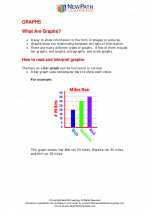 Graphs and Charts
Graphs and Charts  Activity Lesson
Activity Lesson Wheel Problems
Wheel Problems  Activity Lesson
Activity Lesson Snail's Pace
Snail's Pace  Activity Lesson
Activity Lesson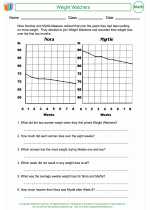 Weight Watchers
Weight Watchers  Worksheet/Answer key
Worksheet/Answer key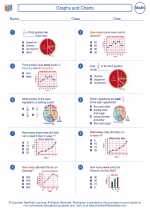 Graphs and Charts
Graphs and Charts  Worksheet/Answer key
Worksheet/Answer key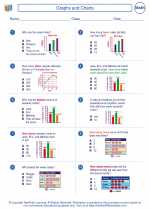 Graphs and Charts
Graphs and Charts  Worksheet/Answer key
Worksheet/Answer key Graphs and Charts
Graphs and Charts  Worksheet/Answer key
Worksheet/Answer key Graphs and Charts
Graphs and Charts  Worksheet/Answer key
Worksheet/Answer key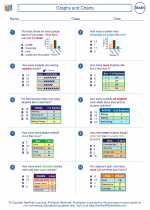 Graphs and Charts
Graphs and Charts  Worksheet/Answer key
Worksheet/Answer key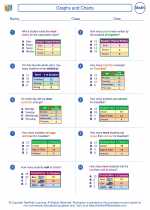 Graphs and Charts
Graphs and Charts  Worksheet/Answer key
Worksheet/Answer key Snowfall Pictograph
Snowfall Pictograph  Worksheet/Answer key
Worksheet/Answer key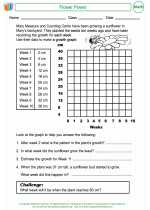 Flower Power
Flower Power  Worksheet/Answer key
Worksheet/Answer key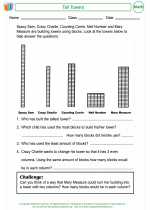 Tall Towers
Tall Towers  Worksheet/Answer key
Worksheet/Answer key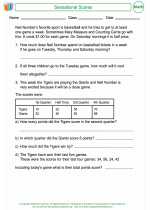 Sensational Scores
Sensational Scores  Vocabulary/Answer key
Vocabulary/Answer key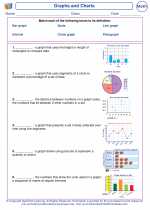 Graphs and Charts
Graphs and Charts 

 Activity Lesson
Activity Lesson
 Activity Lesson
Activity Lesson
 Activity Lesson
Activity Lesson
 Worksheet/Answer key
Worksheet/Answer key
 Worksheet/Answer key
Worksheet/Answer key
 Worksheet/Answer key
Worksheet/Answer key
 Worksheet/Answer key
Worksheet/Answer key
 Worksheet/Answer key
Worksheet/Answer key
 Worksheet/Answer key
Worksheet/Answer key
 Worksheet/Answer key
Worksheet/Answer key
 Worksheet/Answer key
Worksheet/Answer key
 Worksheet/Answer key
Worksheet/Answer key
 Worksheet/Answer key
Worksheet/Answer key
 Vocabulary/Answer key
Vocabulary/Answer key

The resources above cover the following skills:
Connections to the Grade 3 Focal Points (NCTM)
Data Analysis: Addition, subtraction, multiplication, and division of whole numbers come into play as students construct and analyze frequency tables, bar graphs, picture graphs, and line plots and use them to solve problems.